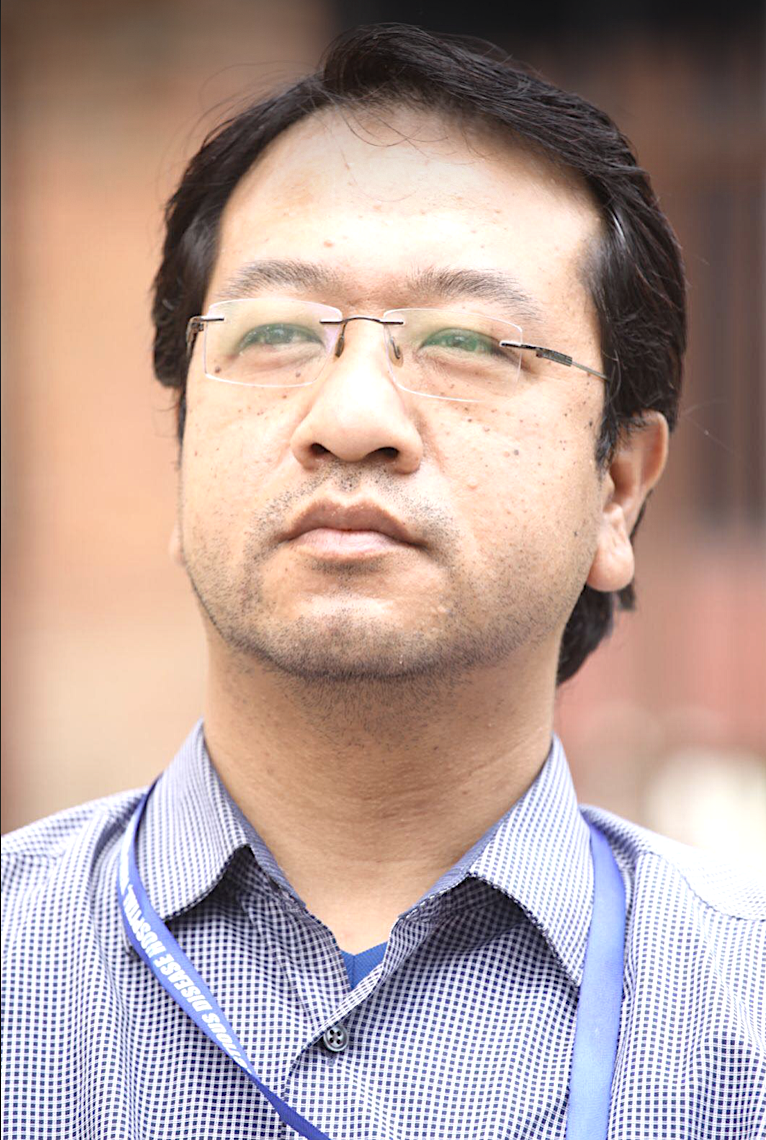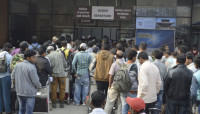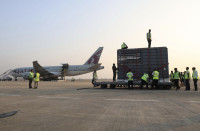Columns
Rise of syphilis in Nepal
Creating an environment that fosters open dialogue on reproductive and sexual health is vital.
Dr Sher Bahadur Pun
Recently, a 22-year-old man visited Sukraraj Tropical and Infectious Disease Hospital (STIDH) to get his sexually transmitted disease status checked after having unprotected sex. He was to leave abroad for higher education the following day. Likewise, several months ago, a young man expressed his distress over the intense pain following a penicillin injection administered against syphilis disease. When questioned about his marital status, he stated that he only had a girlfriend with whom he maintained a regular consensual sexual relationship. He further mentioned that the sexual interactions were generally unprotected.
As per the hospital (STIDH) data, the majority of individuals receiving penicillin injections for syphilis are between 20 and 40 years old, with nearly two-thirds of that group being in the 20 to 30 age range. It’s a surprising but concerning public health concern in Nepal. Unprotected sexual contact not only carries the risk of syphilis but also increases the likelihood of other infectious diseases such as HIV, Mpox (known as “monkeypox”), HPV, gonorrhoea, herpes, chlamydia, trichomoniasis and hepatitis B. Since syphilis does not immediately show severe symptoms, many people do not get tested and thus remain unaware of their infection.
There has been a notable rise in youths seeking foreign employment opportunities in recent years. This mandates medical examinations and blood tests, including for sexually transmitted infections/diseases. Following this, information about the spread of syphilis in Nepal has surfaced. People who engage in unprotected sexual activities, especially with more than one partner, have a higher likelihood of contracting syphilis. A bacterium, 'Treponema pallidum', is responsible for the infection. The transmission occurs through vaginal, oral, and anal intercourse as well as during pregnancy and through blood transfusions.
Syphilis has four stages. On average, symptoms appear within three weeks of infection. This is referred to as the first stage. Sores may appear on the genitals, vagina, mouth/lips, or anus. As the sores are painless, many do not notice them or tend to overlook them. If treatment is provided around this time, the infection can be prevented from progressing to the second stage. Even without treatment, the sores typically heal within three to six weeks. However, the infection will progress to the second stage.
Small rashes can be seen on various body parts (including the palms and soles) a few weeks after the first stage. Since these rashes are not clearly visible or do not cause pain or itching, people usually do not pay attention to them. However, symptoms such as fever, swollen lymph nodes, sore throat and fatigue can occur. The infection will enter the next stage, known as the 'latent stage' if left untreated. As per the hospital data, the majority of youths are commonly diagnosed and treated for syphilis during this stage.
There are no symptoms in the latent stage; however, the infection can persist in the body for years if left untreated. The disease then progresses to the ‘tertiary stage’. This can occur 10-30 years after the initial infection. In this stage, syphilis can affect or damage vital organs such as the nervous system, eyes, heart and ears. Regrettably, information about complications or deaths due to the “tertiary stage” of syphilis is not well studied/known in Nepal to date.
According to research published in the journal BMJ Open in 2024, 94.5 percent of sexually active students were found to have had risky sexual behaviour (RSB) in Kathmandu. Nearly one-third of the participants were found to be engaged with multiple partners. The participants ranged from 18 to 32 years, with a mean age of 21. The study only focused on undergraduate students residing in hostels in Kathmandu. Thus, the prevalence of RSB among Nepali youths might be significantly greater than what the research indicates. There is a pressing need for further research into this issue.
There are numerous instances where people’s travel has been halted upon testing positive for syphilis because evidence of “no syphilis” is considered a crucial health requirement in employer health assessments abroad. Although treatment can cure the disease, the markers for syphilis often remain in blood tests. This appears to put young people in a difficult situation, especially financially, as they may have already incurred significant expenses by that time.
We cannot ignore the fact that syphilis is spreading at an alarming rate among young adults in Nepal. It can be inferred that having multiple sexual partners and engaging in unsafe sexual practices without proper awareness contributed to the growing prevalence of syphilis among Nepali youths. Establishing an environment that fosters open dialogue and education regarding "reproductive and sexual health" among young people could significantly mitigate the challenges of rising syphilis infection in the country.




 9.12°C Kathmandu
9.12°C Kathmandu













%20(1).jpg&w=300&height=200)

